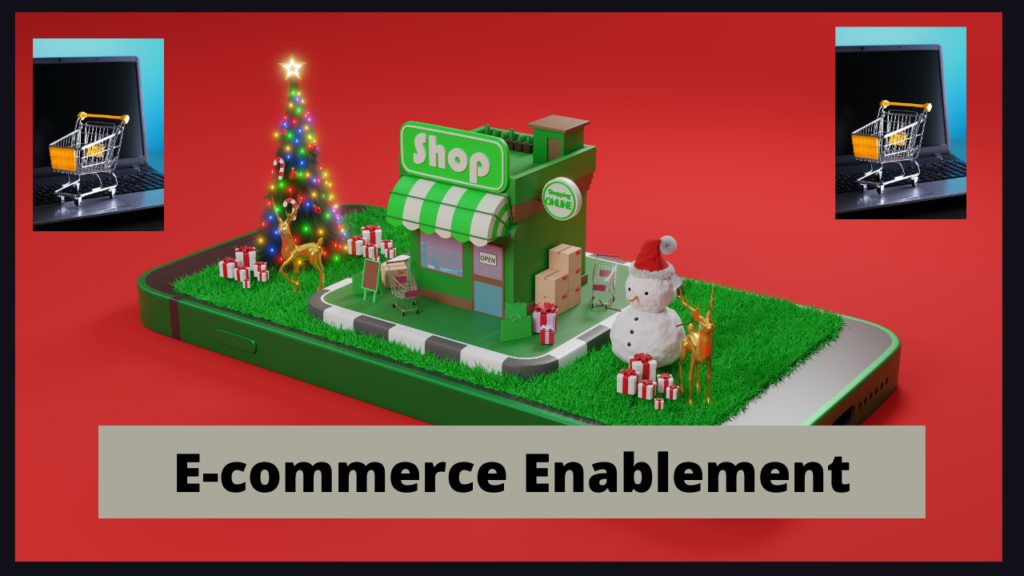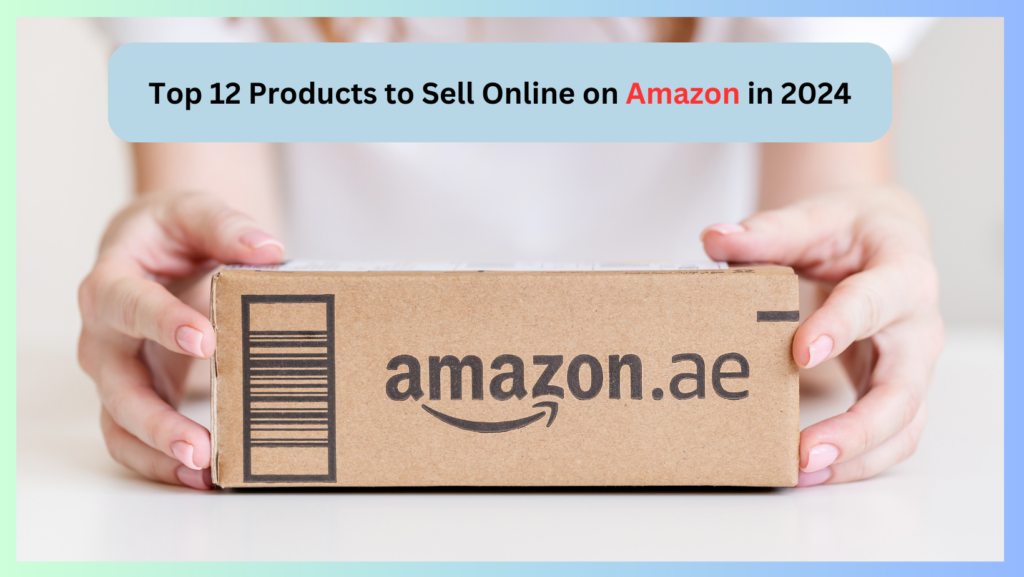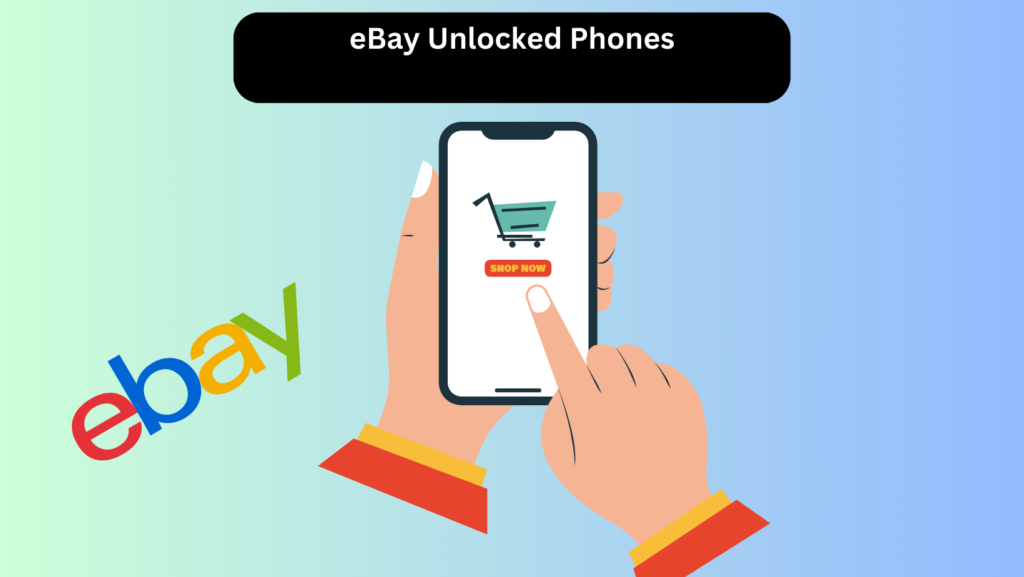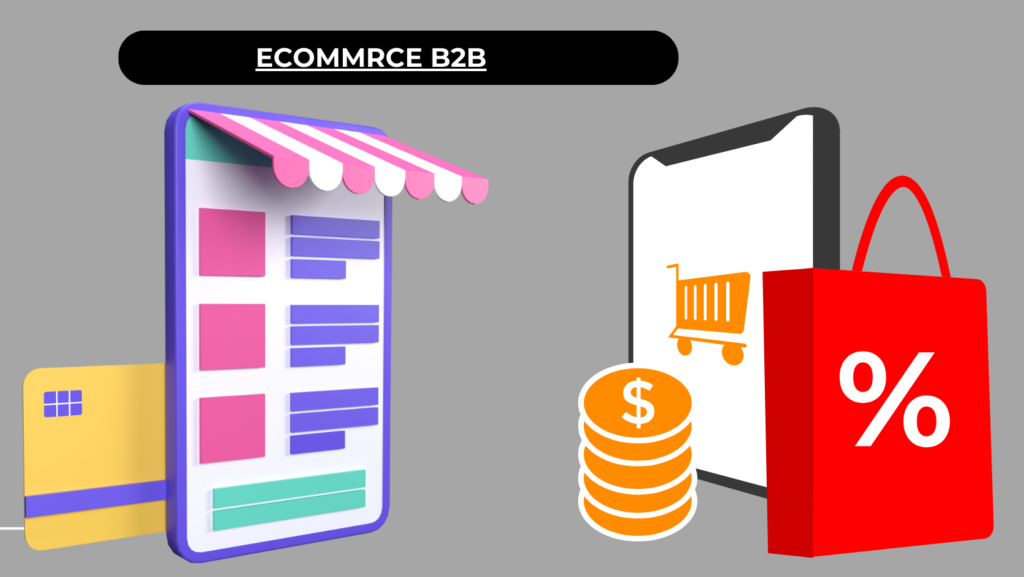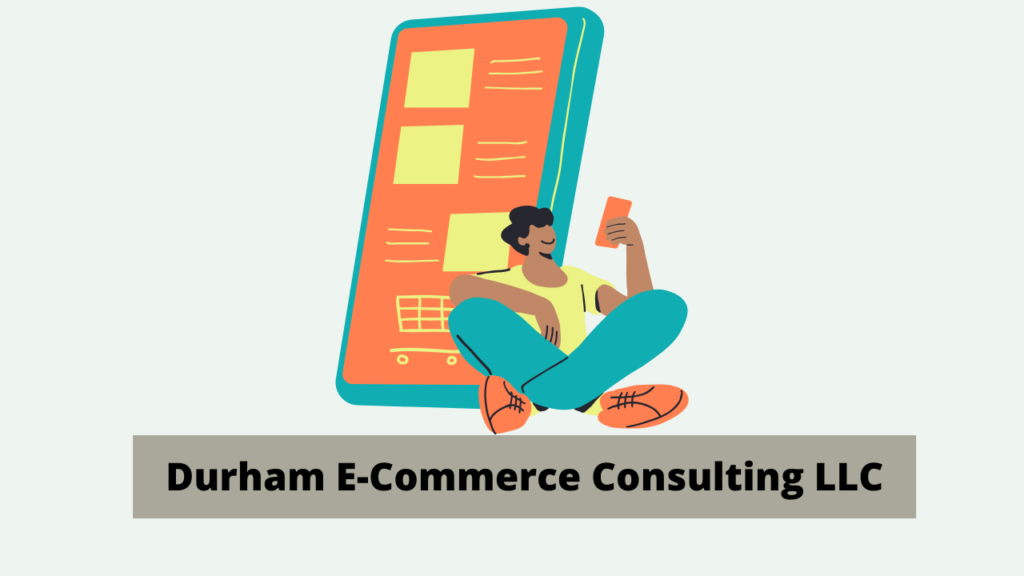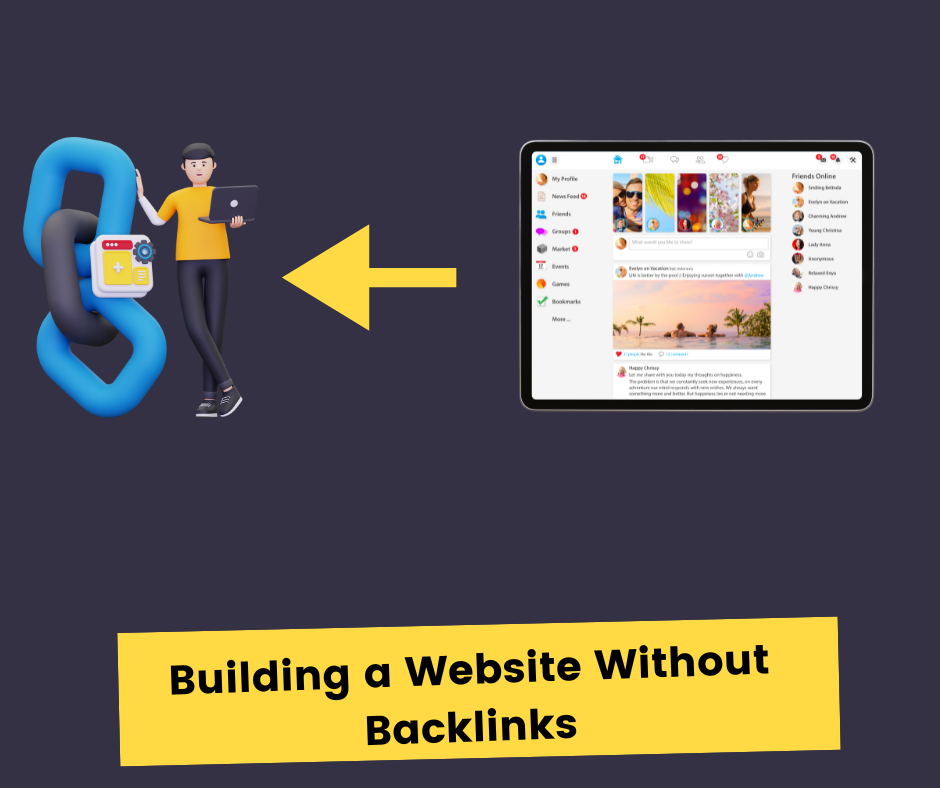Introduction:
Hey there, e-commerce enthusiasts! Are you ready to take your online business to the next level? Buckle up because we’re about to dive into the exhilarating world of e-commerce enablement. In today’s digital age, where online presence is everything, understanding and implementing effective e-commerce enablement strategies can make all the difference in propelling your business to success.
Ultimate E-commerce Enablement in 2024

1: Understanding E-commerce Enablement
E-commerce enablement is the secret sauce that fuels the success of online businesses. It encompasses a wide range of strategies and technologies aimed at optimizing the entire e-commerce ecosystem. From enhancing user experience to streamlining technology integration, e-commerce enablement plays a pivotal role in driving growth and maximizing potential. Without proper enablement, businesses face challenges such as disjointed customer experiences, inefficient operations, and missed opportunities for expansion.
2: Key Components of E-commerce Enablement
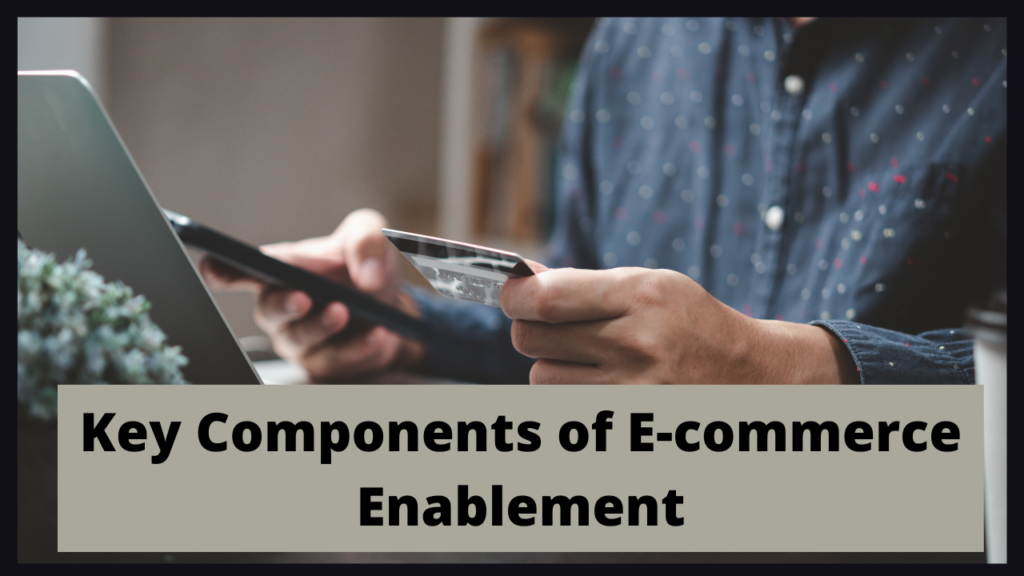
Let’s delve deeper into the key components that form the backbone of e-commerce enablement. Firstly, user experience stands as a paramount factor in driving success in the digital realm. It encompasses not only the design and functionality of your online store but also the ease of navigation, product discoverability, and responsive customer support. A seamless and delightful user experience fosters customer satisfaction and encourages repeat purchases, ultimately contributing to the overall success of your e-commerce venture.
Secondly, technology integration plays a pivotal role in streamlining various aspects of the online shopping journey. From selecting a robust e-commerce platform that caters to your specific business needs to integrating efficient payment gateways that offer secure and hassle-free transactions, leveraging technology effectively can significantly enhance operational efficiency and customer convenience.
Moreover, data-driven decision-making emerges as a cornerstone of e-commerce enablement. By harnessing the power of data analytics, businesses can gain valuable insights into customer behavior, preferences, and purchasing patterns. This wealth of information enables informed decision-making across various areas such as product assortment, pricing strategies, targeted marketing campaigns, and personalized recommendations. Ultimately, data-driven insights empower businesses to optimize their operations, maximize revenue, and stay ahead of market trends.
In essence, the powerhouse of e-commerce enablement comprises a harmonious blend of seamless user experience, robust technology integration, and data-driven decision-making. By prioritizing these key components and continuously refining their implementation, businesses can unlock the full potential of e-commerce and drive sustainable growth in the digital landscape.
3: Implementing Robust E-commerce Enablement Strategies
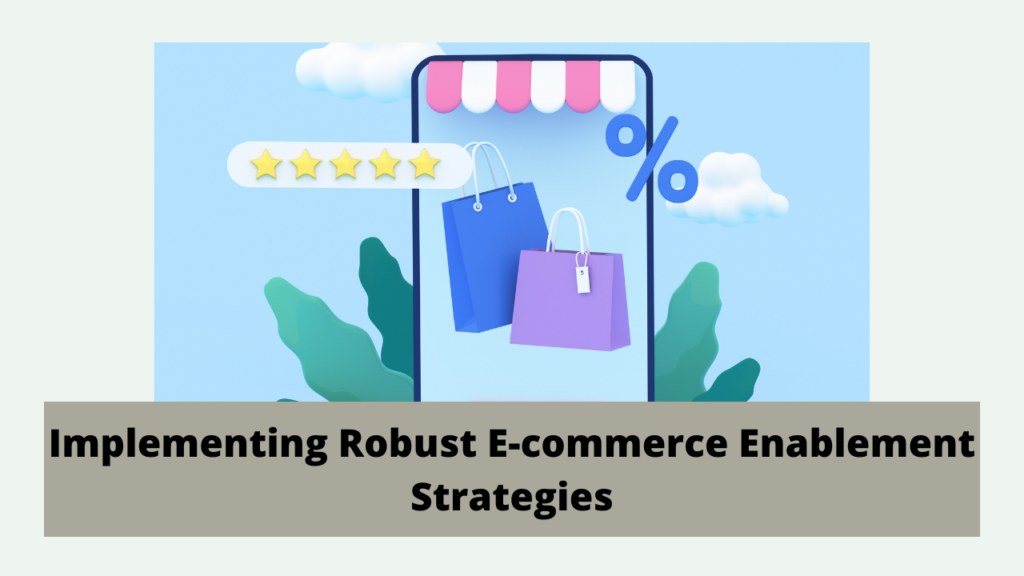
Now, let’s get into the nitty-gritty of implementing these powerhouse strategies. Picture this – a user-friendly interface, smooth navigation, and personalized recommendations that make each customer feel like royalty. These are just a few examples of how businesses can implement effective e-commerce enablement strategies. Real-life success stories abound, with businesses leveraging enablement initiatives to skyrocket their online presence and drive unprecedented growth.
4: The Future of E-commerce Enablement
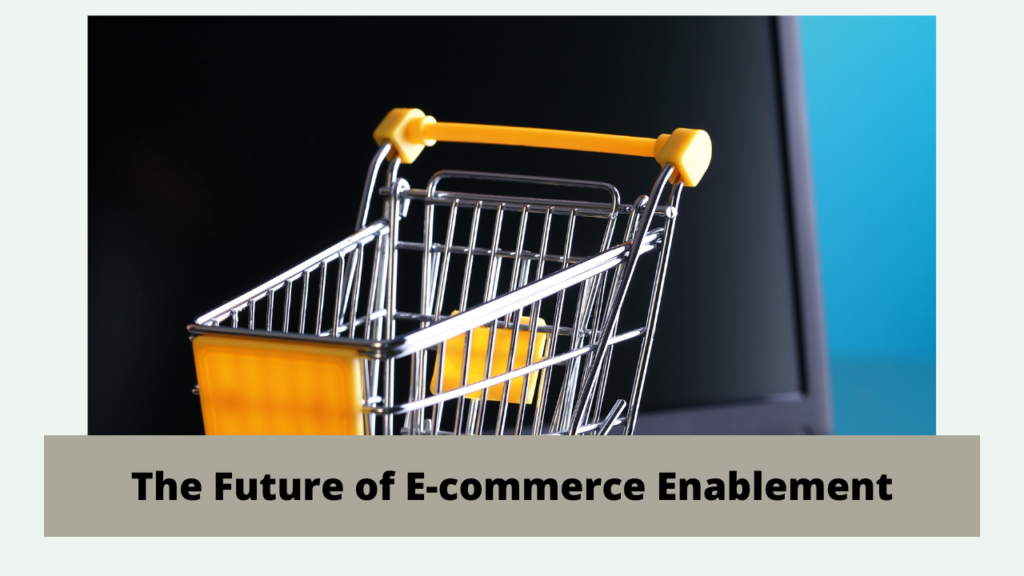
As we delve deeper into the realm of e-commerce, we witness a transformational shift propelled by cutting-edge technologies and consumer-centric strategies. One of the most prominent trends driving this evolution is the integration of artificial intelligence (AI) into every facet of the online shopping journey. AI-powered personalization algorithms analyze vast amounts of customer data to deliver tailored recommendations, enhancing user engagement and driving conversion rates. This level of customization not only improves the overall shopping experience but also fosters brand loyalty by creating a sense of individualized attention for each consumer.
Furthermore, the convergence of e-commerce and augmented reality (AR) is revolutionizing the way customers interact with products online. AR technology enables shoppers to visualize products in their real-world environment before making a purchase, eliminating doubts about size, color, or fit. This immersive shopping experience not only reduces return rates but also boosts consumer confidence, leading to higher satisfaction levels.
In addition to technological advancements, shifting consumer behaviors are reshaping the e-commerce landscape. The rise of mobile shopping and the increasing demand for seamless omnichannel experiences highlight the need for businesses to prioritize mobile optimization and integrate their online and offline channels seamlessly. By embracing mobile-first strategies and investing in frictionless checkout processes, companies can capture the attention of on-the-go consumers and drive sales across various touchpoints.
Conclusion:
In wrapping up our exhilarating journey through the realm of e-commerce enablement, it’s crucial to recap the key takeaways. E-commerce enablement is not just a buzzword; it’s a game-changer. By prioritizing user experience, embracing cutting-edge technologies, and harnessing the power of data, businesses can elevate their online success to unprecedented heights. So, what are you waiting for? It’s time to take proactive steps towards enhancing your e-commerce enablement efforts and unleashing the full potential of your online business.
